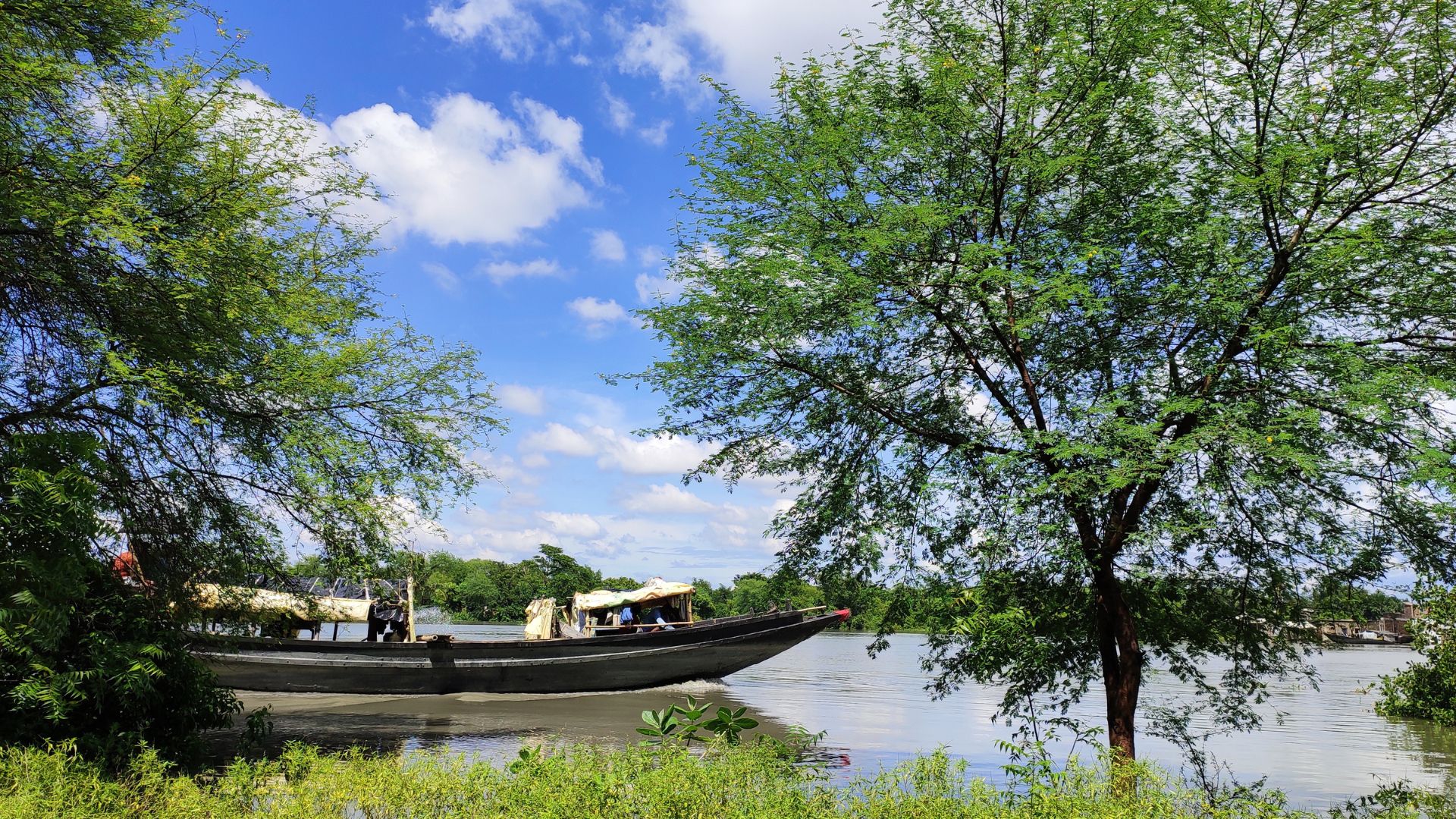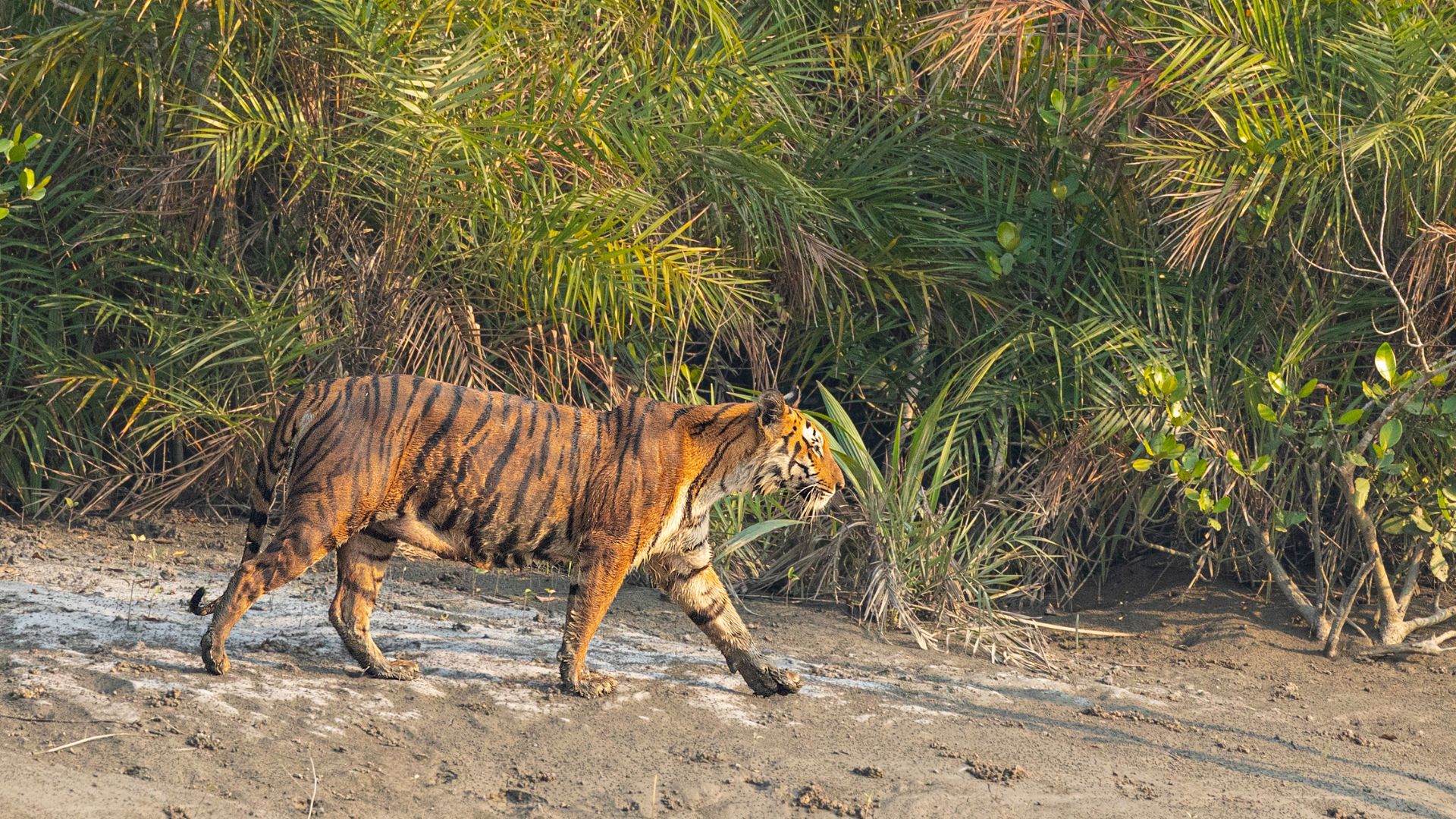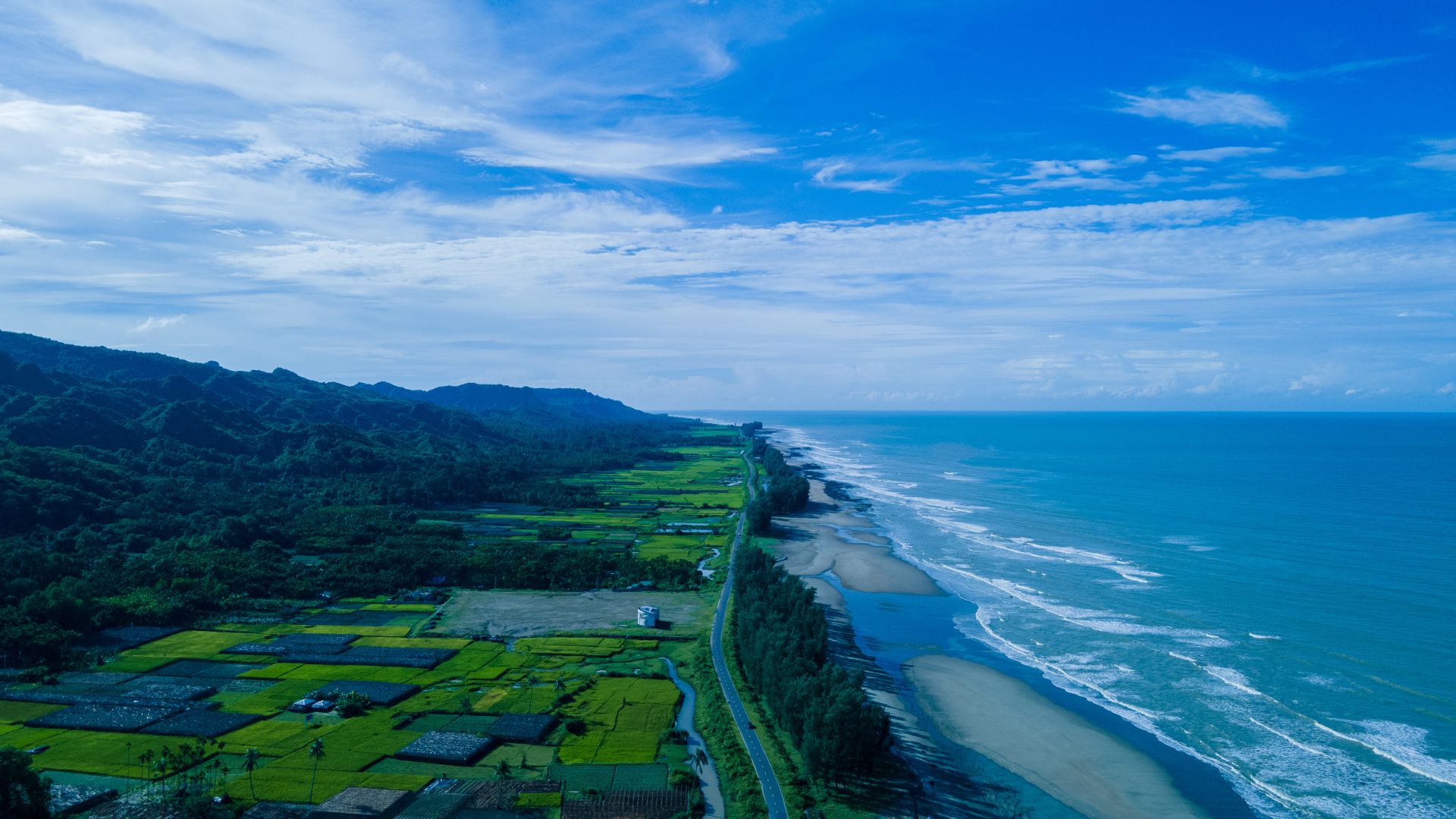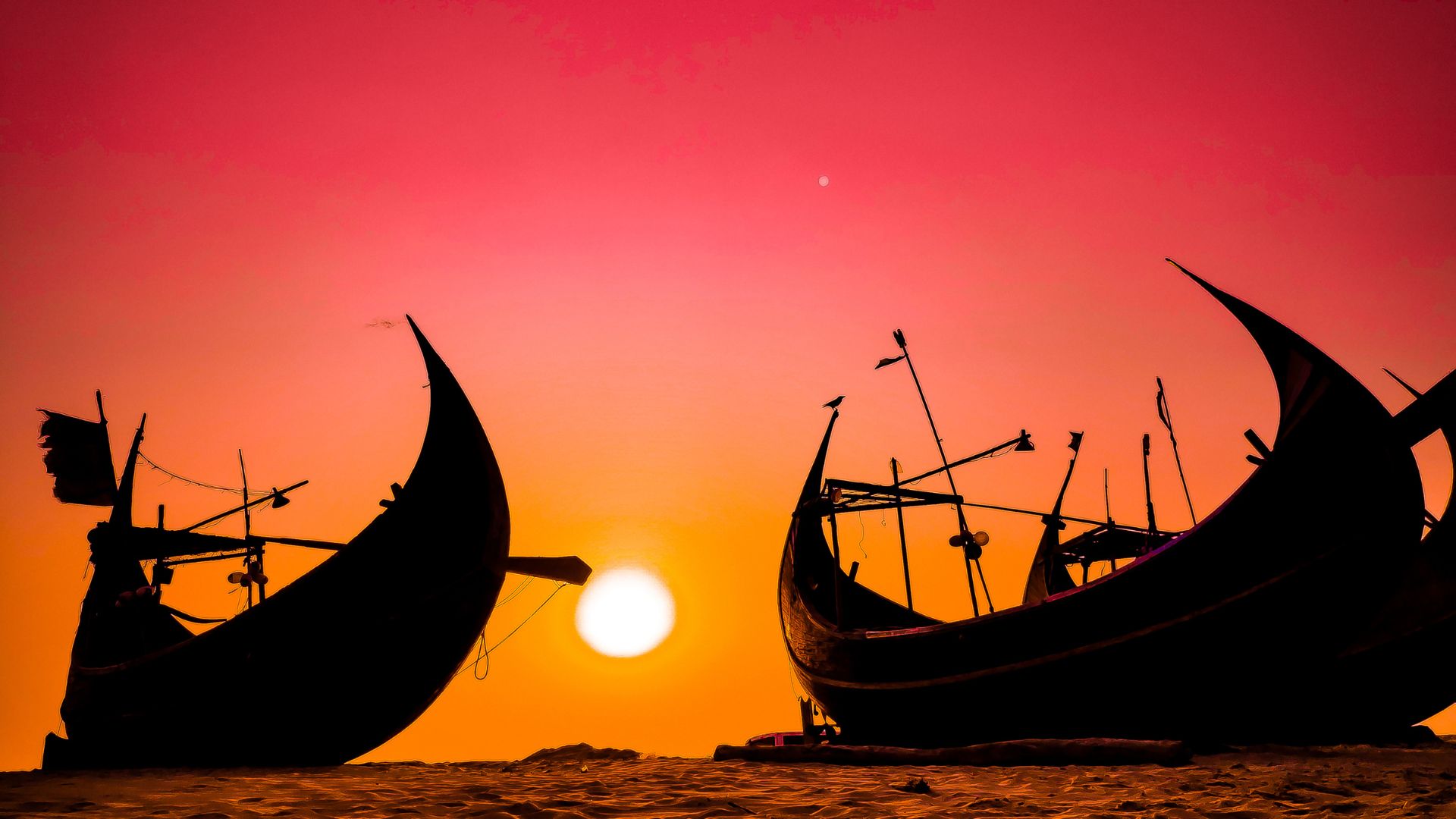Here's the thing nobody tells you about Cox's Bazar: everyone goes there, but most people do it completely wrong. They stay in the crowded main beach area, pay tourist prices, fight through crowds, and leave thinking "meh, it was okay."
I've been to Cox's Bazar seven times. The first time? I made every rookie mistake possible. Stayed in a overpriced hotel near Laboni Beach, couldn't find a quiet spot on the sand, paid 800 BDT for a meal that should've cost 200. Left feeling underwhelmed.
Then I learned the secrets. Where to actually stay. Which beaches are pristine. How to avoid tourist traps. When to visit. What the real costs are. And most importantly – how to experience the world's longest natural sea beach the way it deserves to be experienced.
This isn't your typical "top 10 things" listicle. This is everything I wish someone had told me before my first visit. Real costs, real recommendations, real insider knowledge from someone who's figured out this place through trial and error.
Understanding Cox's Bazar: More Than Just a Beach
Cox's Bazar isn't one beach – it's 120 kilometers of uninterrupted coastline. To put that in perspective: that's longer than the distance from Dhaka to Tangail. Most tourists cluster in a 5-kilometer stretch and miss 115 kilometers of beauty.
The beach is divided into several sections, each with its own character:
- Laboni Beach: The main tourist hub. Crowded, commercial, but convenient. Hotels, restaurants, everything walkable.
- Sugandha Beach: Slightly quieter, popular with locals. Good for sunset watching.
- Kolatoli Beach: The middle ground. Less chaotic than Laboni, more developed than the southern beaches.
- Inani Beach: 35 km south. Wide, clean, stunning. This is where you should actually go.
- Himchori: 20 km south. Beach meets hills. Small waterfall nearby. Underrated gem.
Pro insight: The further south you go, the better it gets. The crowds thin out, the beach gets wider, the water gets clearer, and the prices drop.
Best Time to Visit (And When to Absolutely Avoid)
Peak Season: November to February
This is when Cox's Bazar is at its best. Clear skies, calm sea, pleasant temperature (20-25°C). But here's the catch: everyone knows this. Hotels charge 2-3x their normal rates. Beaches get packed on weekends. You need to book accommodation at least 2-3 weeks in advance.
Pro tip: If visiting during peak season, go on weekdays (Monday-Thursday). Prices drop by 30-40%, crowds are manageable, and you'll actually enjoy the beach.
Shoulder Season: March & October
Slightly warmer, but still good. Fewer tourists, better hotel deals. March can be hot (30°C+), but if you can handle the heat, you'll save money and avoid crowds. October is post-monsoon – beach is clean, weather improving, prices reasonable.
Monsoon: April to September – AVOID
Don't visit during monsoon. Seriously. The sea is rough and dangerous. Many hotels close. It rains constantly. Beach activities are limited. The few tourists who do come are usually disappointed.
Exception: If you're into dramatic stormy seas and don't mind rain, September can be interesting. But for a typical beach vacation? Skip it.
Where to Actually Stay: The Real Recommendations
This is where most people mess up. They book based on proximity to Laboni Beach without realizing there are much better options.
Budget Options (800-1500 BDT per night)
Location strategy: Stay slightly away from main beach (10-15 minute walk). You'll pay half the price for similar quality.
I've stayed at several budget places. The key is managing expectations. You're getting a clean bed, working AC (crucial in summer), and hot water. Don't expect fancy amenities.
Areas to look: Kolatoli inner roads, near Sugandha Point. Check our Cox's Bazar accommodation listings for verified budget options.
What to expect: Basic room, fan/AC, attached bathroom, maybe TV. Usually family-run. Friendly but minimal English. Breakfast sometimes included (usually just eggs and bread).
Mid-Range (2500-5000 BDT per night)
Sweet spot for most travelers. Good quality, decent location, won't break the bank. This is where I usually stay now.
These hotels typically offer: Sea-facing rooms (worth the extra 500-800 BDT), in-house restaurant, room service, helpful staff who speak English, tour booking assistance.
Location tip: Kolatoli area offers best value in this range. Close enough to main attractions, far enough from the chaos.
Luxury (8000-25000+ BDT per night)
Cox's Bazar has several international-standard resorts. If you're splurging, these deliver. Private beach access, infinity pools, spa services, fine dining, the works.
The big names: Ocean Paradise, Long Beach Hotel, Sayeman Beach Resort, Royal Tulip. They're expensive, but the experience is genuinely good.
When it's worth it: Honeymoon, anniversary, or if you rarely vacation and want to go all out. Outside peak season, these resorts offer packages that include meals – can actually be decent value.
The Inani Strategy (My Personal Recommendation)
Instead of staying in main Cox's Bazar, stay in Inani. Seriously.
Inani is 35 km south. The beach is incredible – wide, clean, less crowded. Hotels are cheaper (30-40% less than main Cox's Bazar for same quality). The atmosphere is more relaxed.
Downside: You're removed from main town's restaurants and shopping. But honestly? That's actually a plus. You came for the beach, not shopping malls.
Cost to reach main Cox's Bazar: 350-400 BDT by CNG (30-40 minutes). Most Inani hotels can arrange transport.
What to Actually Do: Beyond Lying on the Beach
1. Inani Beach Experience
Take a day trip (or better, stay there). During low tide, the beach becomes absurdly wide – we're talking 200+ meters of firm sand. You can play cricket, football, fly kites. At high tide, it's perfect for swimming (safer than main beach).
Cost: Transport from Cox's Bazar main town: 350-400 BDT by CNG one way. Or hire a car for the day (2500-3000 BDT, fits 4-5 people)
Food: Several decent restaurants. Fresh seafood at reasonable prices. Grilled fish with rice: 250-350 BDT.
2. Himchori Waterfall & Beach
20 km south of main town. Where hills meet the sea. The juxtaposition is beautiful.
The waterfall is small (don't expect Niagara), but it's about the whole vibe. Hills, beach, waterfall, and these massive rocks where waves crash. Entry: 20 BDT.
Go in the morning (less crowded). Bring snacks (food options limited and overpriced).
Transport: CNG from Cox's Bazar: 200-250 BDT one way
3. Sunrise Watching
This is free and spectacular. Wake up at 5:30 AM, walk to the beach, watch the sun rise over the Bay of Bengal.
The beach at sunrise is a different world. Empty, peaceful, beautiful light. Fishermen hauling nets. Local morning walkers. No tourists yet.
Best spots: Sugandha Point, Laboni Beach (yes, even crowded Laboni is magical at sunrise), Inani
4. Marine Drive Road
The 80-kilometer road from Cox's Bazar to Teknaf, running along the coast. Opened in 2017, it's become one of the best coastal drives in South Asia.
You can do this by:
- Rental car: 4500-6000 BDT for full day (includes driver, fuel). Split among 4-5 people = 900-1200 BDT each.
- Motorbike: 1500-2000 BDT per day (if you can ride). Most thrilling way to experience it.
- Local bus: Cheapest (150-200 BDT), but less flexible for stops.
Stop at: Himchori, Inani, various viewpoints. The road has designated parking spots at scenic locations.
5. Ramu Buddhist Village
30 km from Cox's Bazar. This is cultural tourism. Ramu has several beautiful Buddhist temples and monasteries, some over 200 years old.
The architecture is different from anything else in Bangladesh – distinctly Southeast Asian influence. The monks are usually friendly and don't mind visitors (just be respectful – remove shoes, no loud talking).
Transport: Bus from Cox's Bazar (40-50 BDT, 45 minutes) or CNG (250-300 BDT)
Entry: Most temples are free (donations appreciated)
6. Sunset Beach Walks
Like sunrise, this costs nothing and is absolutely worth it. The beach transforms at sunset. Golden hour photography is incredible. The temperature cools down. Locals come out.
Walk along the water's edge. Watch fishing boats return. See families playing. Buy jhalmuri from beach vendors (20-30 BDT). Just... exist.
Best sunset spots: Sugandha Beach (has a viewpoint), Kolatoli (less crowded), Inani (if you're staying there)
7. Try Authentic Seafood
Cox's Bazar seafood is phenomenal. Fresh catch daily. But avoid the beachfront tourist restaurants – they're overpriced and quality varies.
Instead, go where locals eat. Ask your hotel staff or CNG driver for recommendations. Some of my favorites:
- Grilled pomfret: 450-650 BDT (whole fish, serves 2-3)
- Prawn curry: 350-500 BDT
- Crab: 400-700 BDT depending on size
- Mixed seafood: 300-450 BDT per person
Rule of thumb: If the restaurant has an English menu with pictures and is right on the beach, you're paying 40-50% markup. Walk one street inland and prices drop significantly.
8. Beach Activities
Jet skiing, parasailing, beach bikes, horse riding – all available. But know what you're paying for.
- Jet ski: 500-800 BDT for 10-15 minutes (negotiate!)
- Parasailing: 1500-2000 BDT per person
- Beach bike rental: 200-300 BDT per hour
- Horse riding: 200-400 BDT for beach ride
- Beach volleyball/football: Some hotels have courts, free for guests
Honesty check: These aren't unique to Cox's Bazar. If you've done them elsewhere, they're pretty similar here. The real draw of Cox's Bazar is the beach itself, not the activities on it.
9. Shopping (If You Must)
Cox's Bazar has markets selling seashells, dried fish, pearl jewelry, and typical beach town souvenirs. Most of it is... honestly pretty tacky.
But if you want to shop:
- Burmese Market: Sells items from Myanmar. Longyi (traditional Burmese sarong), thanaka (sandalwood paste), jade items. Negotiate hard – start at 40% of asking price.
- Dried fish: If you like it (it's an acquired taste), this is the place. Shutki (dried fish) is famous here. Price: 300-800 BDT per kg depending on type.
- Pearls: Some are real, most aren't. Unless you know pearls, don't spend serious money.
Real talk: Skip the shopping. You came for the beach, not to buy seashell keychains.
Food Guide: What to Eat and Where
Breakfast
Most hotels include breakfast. If not:
- Hotel restaurants: Continental breakfast 200-350 BDT, Bengali breakfast 150-250 BDT
- Local tea stalls: Paratha + dal 60-80 BDT, tea 10-15 BDT. Not fancy, but filling and cheap.
Lunch
Midday heat is brutal. Most people eat light.
- Hotel room service: Convenient but pricey (300-600 BDT for a meal)
- Local restaurants: Rice, curry, vegetables 120-180 BDT. Filling, authentic, cheap.
- Fast food: There are some chain outlets. Burger + drink: 250-350 BDT
Dinner
This is when you eat seafood. Go to proper restaurants (not beachside stalls).
Budget: 250-400 BDT per person at local places. Mid-range: 600-1000 BDT at decent restaurants. Fancy hotel dining: 1500-3000 BDT per person.
My recommendation: Find a mid-range local restaurant through hotel staff recommendations. You'll eat well for 600-800 BDT per person with fresh seafood.
Snacks & Street Food
- Jhalmuri (spicy puffed rice): Beach vendors, 20-30 BDT
- Coconut water: 30-50 BDT
- Fried snacks: Samosas, shingaras, 10-20 BDT each
- Ice cream: 40-80 BDT
- Fresh fruit: Seasonal, varies. Watermelon slice: 20-30 BDT
Complete Cost Breakdown: What You'll Actually Spend
Let's do real math for a 3-day/2-night trip.
Budget Trip (Per Person)
| Item | Cost (BDT) |
|---|---|
| Transport (Dhaka-Cox's Bazar return) | 1,200-1,800 |
| Accommodation (2 nights) | 1,600-3,000 |
| Food (3 days) | 900-1,500 |
| Local transport | 400-700 |
| Activities & entry fees | 300-600 |
| Miscellaneous | 300-500 |
| Total | 4,700-8,100 |
Mid-Range Trip (Per Person)
| Item | Cost (BDT) |
|---|---|
| Transport (AC bus/flight) | 2,500-8,000 |
| Accommodation (2 nights) | 5,000-10,000 |
| Food (3 days) | 2,400-3,600 |
| Local transport (CNGs, car rental) | 1,000-1,800 |
| Activities | 1,000-2,000 |
| Shopping & misc | 800-1,500 |
| Total | 12,700-26,900 |
Luxury Trip (Per Person)
| Item | Cost (BDT) |
|---|---|
| Transport (flight) | 8,000-15,000 |
| 5-star resort (2 nights) | 16,000-50,000 |
| Fine dining (3 days) | 4,500-9,000 |
| Private car with driver | 3,000-5,000 |
| Premium activities & spa | 3,000-8,000 |
| Shopping & extras | 2,000-5,000 |
| Total | 36,500-92,000 |
Getting There: Transport Options
By Bus (Most Common)
Multiple companies run Dhaka-Cox's Bazar routes. Journey time: 8-10 hours.
- Non-AC buses: 600-900 BDT. Basic, stops frequently, gets crowded. Only if you're seriously budget-constrained.
- AC buses: 1,200-1,800 BDT. Comfortable seats, AC works (usually), fewer stops. This is what most people take.
- Luxury coaches: 2,000-2,500 BDT. Hanif, Green Line, others. Better seats, cleaner, more reliable.
Pro tips: Book night buses (depart 10-11 PM, arrive 6-8 AM). You save a hotel night and don't waste daylight traveling. Bring a light jacket – AC can be cold. Download movies beforehand – WiFi is unreliable.
By Train
Cox's Bazar now has rail connectivity! Opened in 2024.
Journey time: ~10-12 hours from Dhaka. More comfortable than buses if you get a good berth.
- Shovan (economy): 300-500 BDT
- AC chair: 700-900 BDT
- AC berth: 1,200-1,600 BDT
Book tickets online through Bangladesh Railway website or app. Trains book out fast during peak season.
By Air
Cox's Bazar Airport has flights from Dhaka, Chittagong, and Sylhet.
Flight time from Dhaka: 50 minutes.
Cost: 4,000-8,000 BDT one way (varies by season and booking time). Peak season can go higher.
Worth it if: You have limited time, can afford it, or hate long bus journeys. You save 18-20 hours of travel time (return journey included).
Airport to hotel: Taxis available (800-1,200 BDT to main hotel area). CNGs cheaper (400-600 BDT) but less comfortable with luggage.
Essential Tips: Things I Learned the Hard Way
1. Book Accommodation Early (Peak Season)
November to February is insane. Hotels fill up. Prices skyrocket. Quality options disappear.
Book at least 2-3 weeks ahead. During major holidays (Eid, Puja, New Year), book a month in advance.
2. Bargain. Always.
Except in fixed-price hotels and chain restaurants, everything is negotiable. CNGs, beach activities, market purchases – start at 50-60% of asking price.
Don't feel bad. This is how it works. Vendors expect it.
3. Sun Protection is Non-Negotiable
The sun here is brutal. I got a painful sunburn my first visit from just 3 hours on the beach.
Bring: Sunscreen (SPF 50+), sunglasses, hat, light long-sleeve shirt for beach walks. Reapply sunscreen every 2 hours.
Bangladeshi sun doesn't mess around.
4. Swimming Safety
The Bay of Bengal can have strong currents. Every year, drowning incidents happen.
Rules: Don't swim alone. Stay in shallow areas. If lifeguards are present, swim only in marked zones. Avoid swimming during rough seas. Don't drink and swim.
If you're not a confident swimmer, stay in knee-deep water.
5. Monsoon = Mosquitoes
If you're visiting during shoulder season or early/late monsoon, bring mosquito repellent. Hotels have mosquito nets usually, but beach areas can have mosquitoes at dusk.
6. Cash is King
Many places don't accept cards. ATMs exist but can run out of cash during peak season.
Bring sufficient cash in small denominations. Nobody wants to break a 1,000 BDT note for a 50 BDT coconut.
7. Weekend Crowds
Friday-Saturday the beach gets PACKED with local tourists from Dhaka and Chittagong.
If possible, visit Sunday-Thursday. Same prices (usually), fewer people, better beach experience.
What NOT to Do: Common Mistakes
1. Staying only in main Laboni area: It's the most crowded and expensive part. Explore other beaches.
2. Eating only at beach restaurants: Tourist traps. Overpriced, mediocre quality. Go inland one street.
3. Swimming far out: Dangerous currents. Stay close to shore.
4. Visiting in monsoon: Unless you like rough seas and rain, skip April-September.
5. Not bargaining: You'll overpay for everything. Negotiate respectfully but firmly.
6. Skipping Inani: Best beach in the entire Cox's Bazar area. Don't miss it.
7. Over-scheduling: Cox's Bazar is about relaxation. Don't pack every hour. Leave time to just... beach.
Final Thoughts: Is Cox's Bazar Worth It?
Here's my honest take: Cox's Bazar isn't going to blow your mind if you've been to places like Bali, Maldives, or Thailand's islands. It's not that level of tropical paradise.
But.
It's the longest natural sea beach in the world. It's accessible. It's affordable. And if you do it right – stay in the less crowded areas, visit during the right season, eat at local places, explore beyond the main beach – it's genuinely wonderful.
My seventh visit was better than my first because I knew what to expect and how to experience it properly. That's what this guide is for – so your first visit can be what my seventh was.
Pack your sunscreen, book a decent hotel away from the chaos, head to Inani at least once, eat fresh seafood, wake up for sunrise, and just enjoy the fact that you're at the world's longest beach.
It won't be perfect. Some things will annoy you. But you'll have a good time.
And isn't that the point?
For more Cox's Bazar information and accommodation bookings, visit our Cox's Bazar district page. For other Bangladesh travel guides, check our travel blog.








